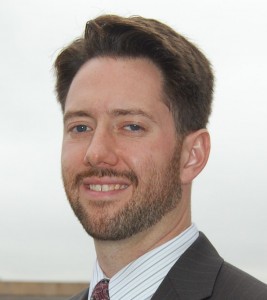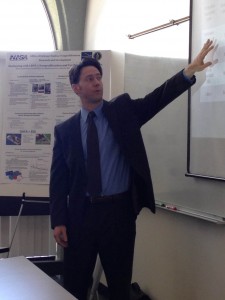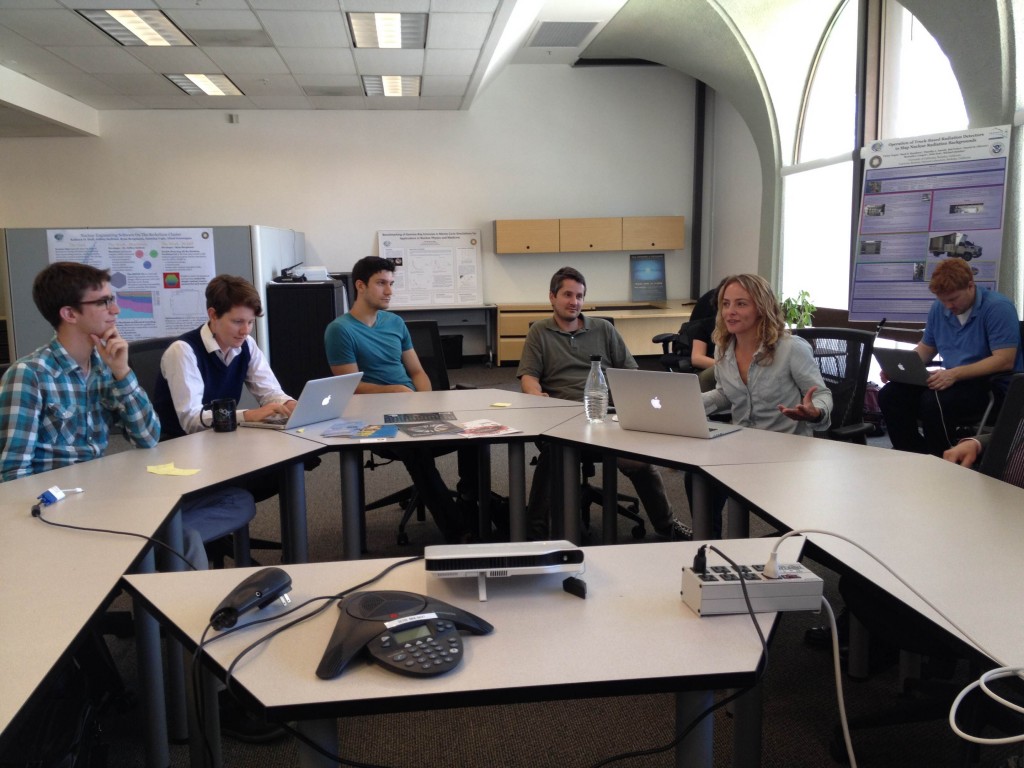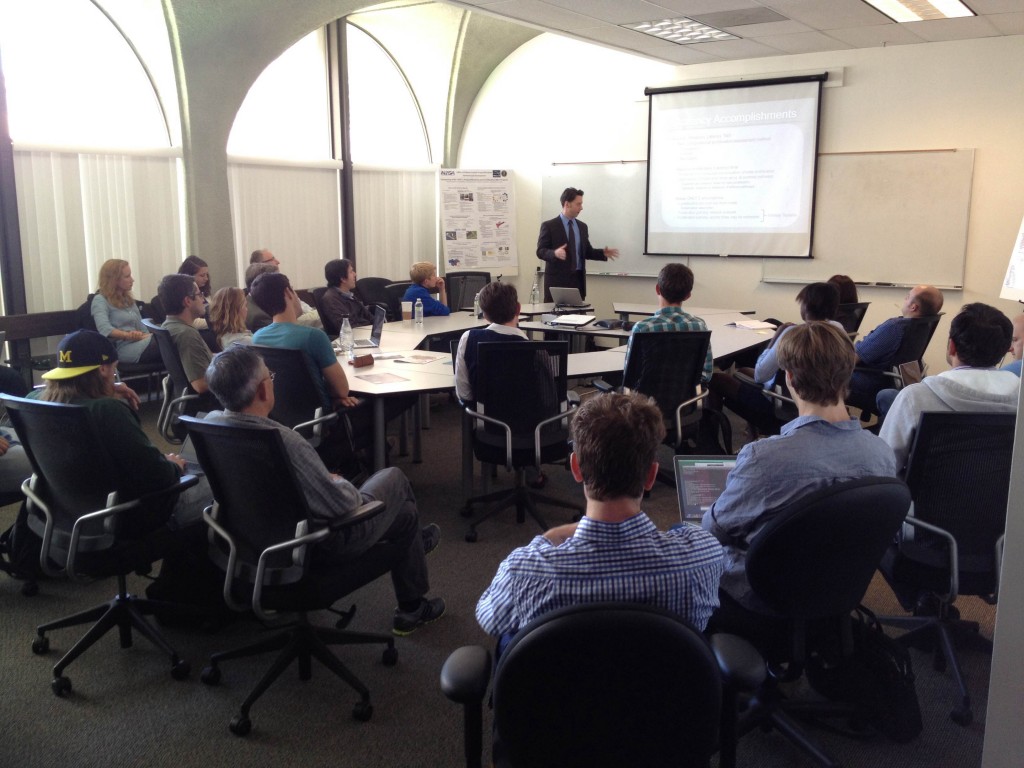Event Information:
-
Mon02Jun20142:00 pm - 3:00 pm2150 Shattuck Avenue, Suite 230
NSSC Summer Seminar - Nuclear Weapons Latency
David Sweeney will be discussing nuclear weapons latency!
Speaker Biography:

David Sweeney will graduate in August with his Ph.D. in Nuclear Engineering from Texas A&M University. He received his Master’s degree in Nuclear Engineering from Texas A&M University and his Bachelor’s degree in Chemical Engineering from Northwestern University. While at Texas A&M David’s research has focused on nuclear nonproliferation and proliferation risk analysis.
 Abstract:
Abstract:A novel nuclear weapons proliferation assessment method has been developed to determine a state’s Nuclear Weapons Latency, the expected time to be taken by a non-nuclear weapons state to develop a conventionally deliverable nuclear weapon given the state’s position on a path toward or away from a nuclear weapon and accounting for the state’s motivations and intentions. Potential proliferation time is taken as a representation of the latent proliferation capacity of a non-nuclear weapons state. An assessment of proliferation time is critical to crafting an effective policy response within a useful time frame. Current proliferation assessments either neglect proliferation time or are static case-specific assessments frequently built on restricted information and opaque assumptions.
The Nuclear Weapons Latency computational tool has been developed to determine a state’s Nuclear Weapons Latency. The tool makes only three simple assumptions: a decision to proliferate has been made, the proliferation pathway network is known, and the associated pathway activity times are estimable. Beyond the quantification of a state’s latency, the tool provides a transparent, efficient, adaptable, and highly repeatable platform which allows for extensive sensitivity analysis to better inform the nonproliferation discussion and policy decisions. Sensitivity analysis based on the outcomes of policy decisions or nuclear technology development allows for characterization of the associated proliferation risk. This enables the Latency tool to help fill a void of useful proliferation risk information provided by technical assessments to policy makers identified by the 2013 National Academies study Improving the Assessment of Proliferation Risk of Nuclear Fuel Cycles.

NSSC Director of Education, Bethany Goldblum, engages with students during the Networking Session with Postdoctoral Candidate, David Sweeney.

NSSC students and national laboratory scientists from Lawrence Berkeley, Lawrence Livermore, and Sandia National Laboratories hear about “Nuclear Weapons Latency.”

